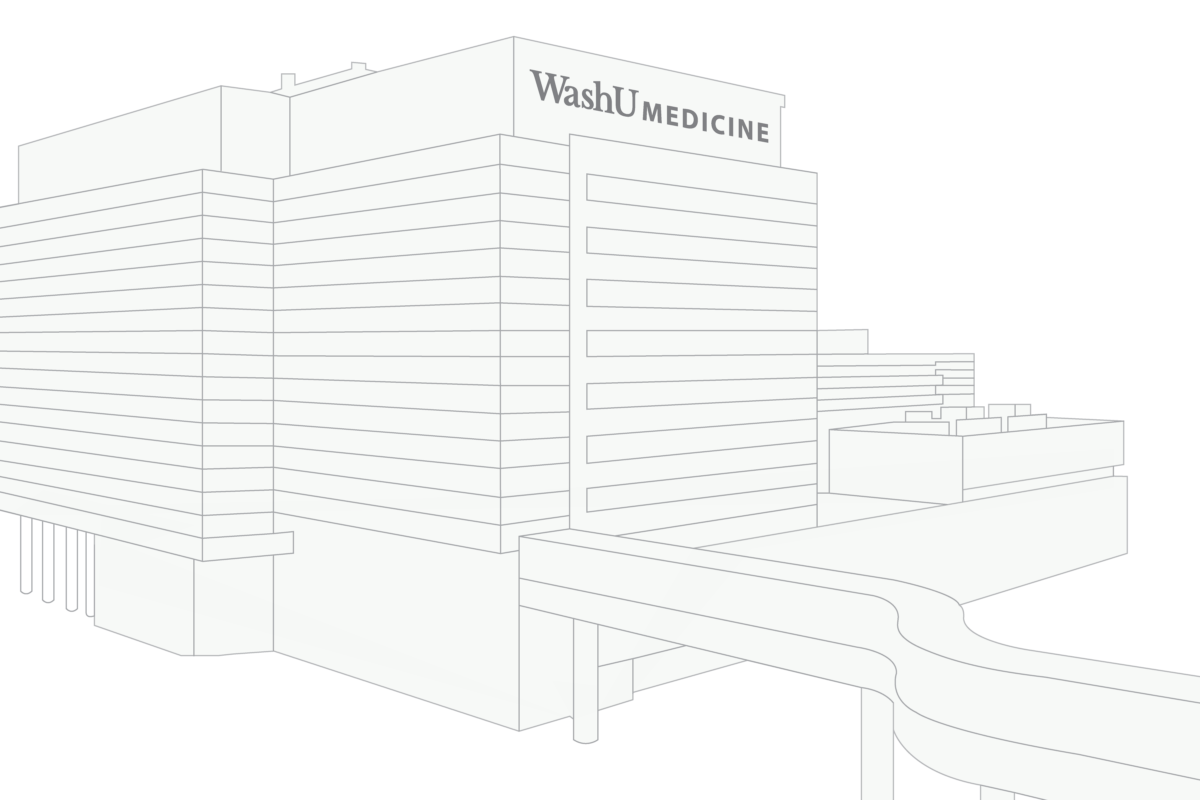
The Neuroscience Research Building (NRB) on the Medical Campus houses one of the world’s highest concentrations of neuroscientists — joining together investigators in neurology, psychiatry, anesthesiology, neuroscience, neurosurgery and other areas. With its sleek design, advanced laboratories and collaborative workspaces, the building fosters interdisciplinary research aimed at understanding the brain and nervous system, transforming treatments for neurological and psychiatric diseases.
Scroll to learn more.
The power of convergence
More opportunities for cross-lab communication and collaboration
Labs are organized by research areas.
- Neural Systems & Theory
- Psychiatric Neuroscience & Therapeutics
- Pain & Peripheral Nervous System
- Circuits, Neuroplasticity & Behavior
- Neruodegeneration & Neuroimmunology
- Brain Tumor Biology
- Developmental Brain Disorders & Neurogenomics
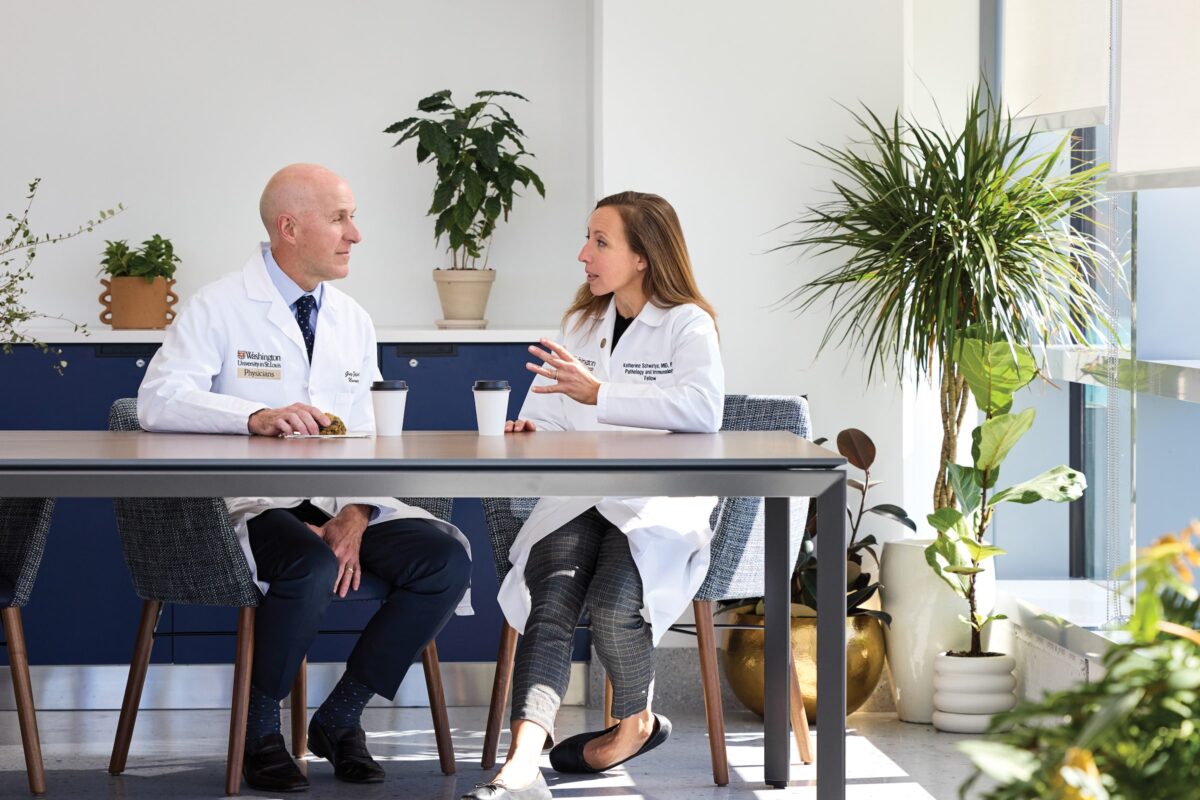
Researchers from different disciplines work side by side in shared lab space and equipment rooms. Amenities such as a cafe with rooftop terrace and meeting spaces spur cross-collaboration. An event-sized lobby and auditorium enable larger gatherings for research exchange.
About the building

One hub with researchers from 16 campus locations

120 research teams

11 floors

$616 million total cost

609,000 square feet

1,846 parking spaces
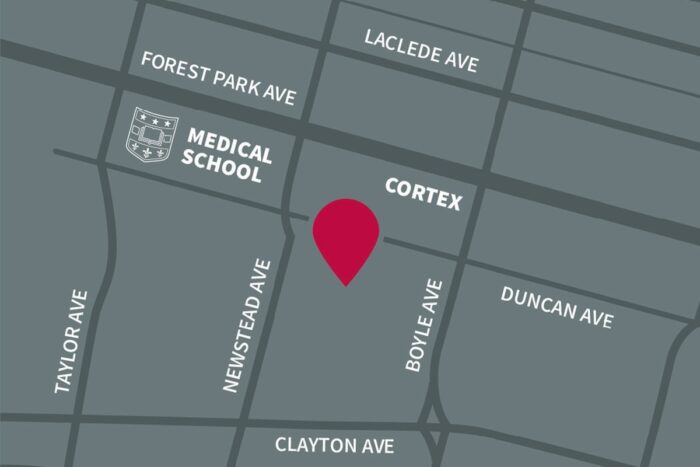
Cortex connection
The NRB sits between the hospital precinct and the Cortex Innovation District, encouraging entrepreneurial activity to accelerate technology transfer and translation.
Extended link
A pedestrian link for employees and badged visitors connects the NRB to St. Louis Children’s Hospital garage, creating an east-west walkway from the Cortex Innovation District to the Medical Campus core.
Model of sustainability
The space offers energy-efficient research freezers, sophisticated airflow systems, all-LED lighting, electric vehicle charging stations, a bicycle fix-it station, and native landscaping.
Fresh perspectives
Equity and inclusion guided all aspects of construction. The core team, including architects, managers and contractors, achieved a 60% male and 40% female balance. Project leaders also actively promoted opportunities for minority-, women- and veteran-owned business subcontractors.
Multiplying strengths
The NRB also houses specialized equipment and capabilities, including:

A mass spectrometry center to discover neurodegenerative biomarkers in Alzheimer’s disease and related disorders.
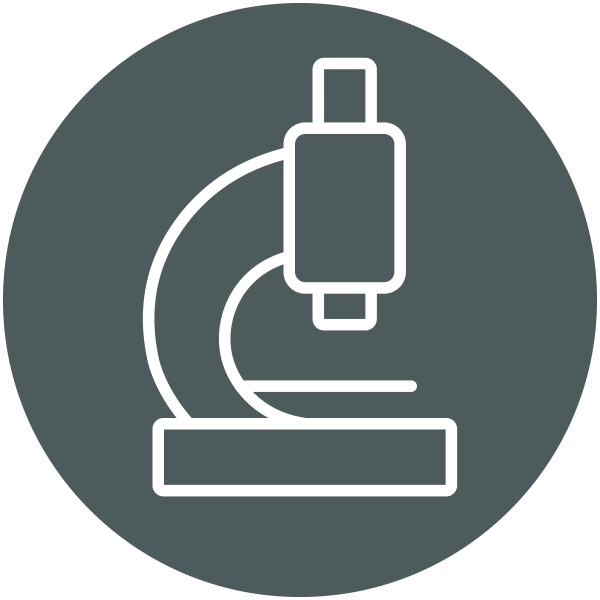
The most advanced microscopes — able to view tiny synapses, to whole-brain connectivity — located in the Washington University Center for Cellular Imaging-Neuro and the Alafi Neuroimaging Lab.

Neurotech Hub with precision laser cutters and high-resolution 3D printers to accelerate in-house ideation, prototyping and one-of- a-kind applications and devices.

One of the world’s largest collections of zebrafish. The transparent embryos of zebrafish make them useful for observation. The zebrafish is a promising model for studying age-related changes in cognition and perception.
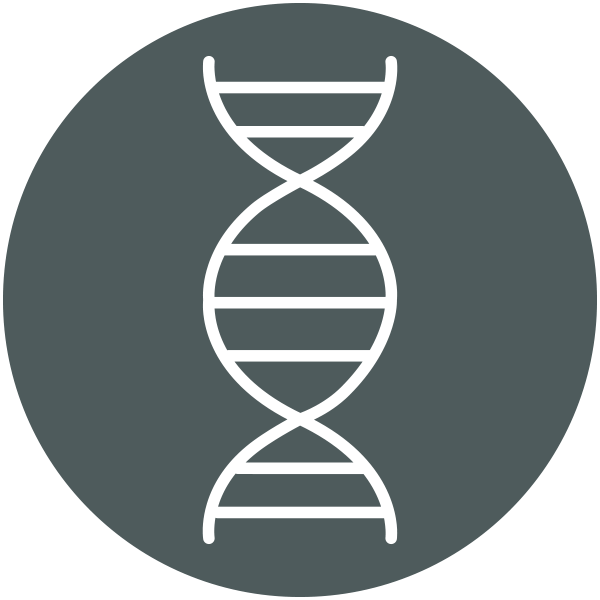
A viral vector core to design gene-delivery tools based on harmless viruses for research and therapeutic applications.

A flow cytometry core to analyze and sort cells by their physical and chemical properties.

A microanatomy core to visualize the fine structure of the brain and map the patterns of gene activity.
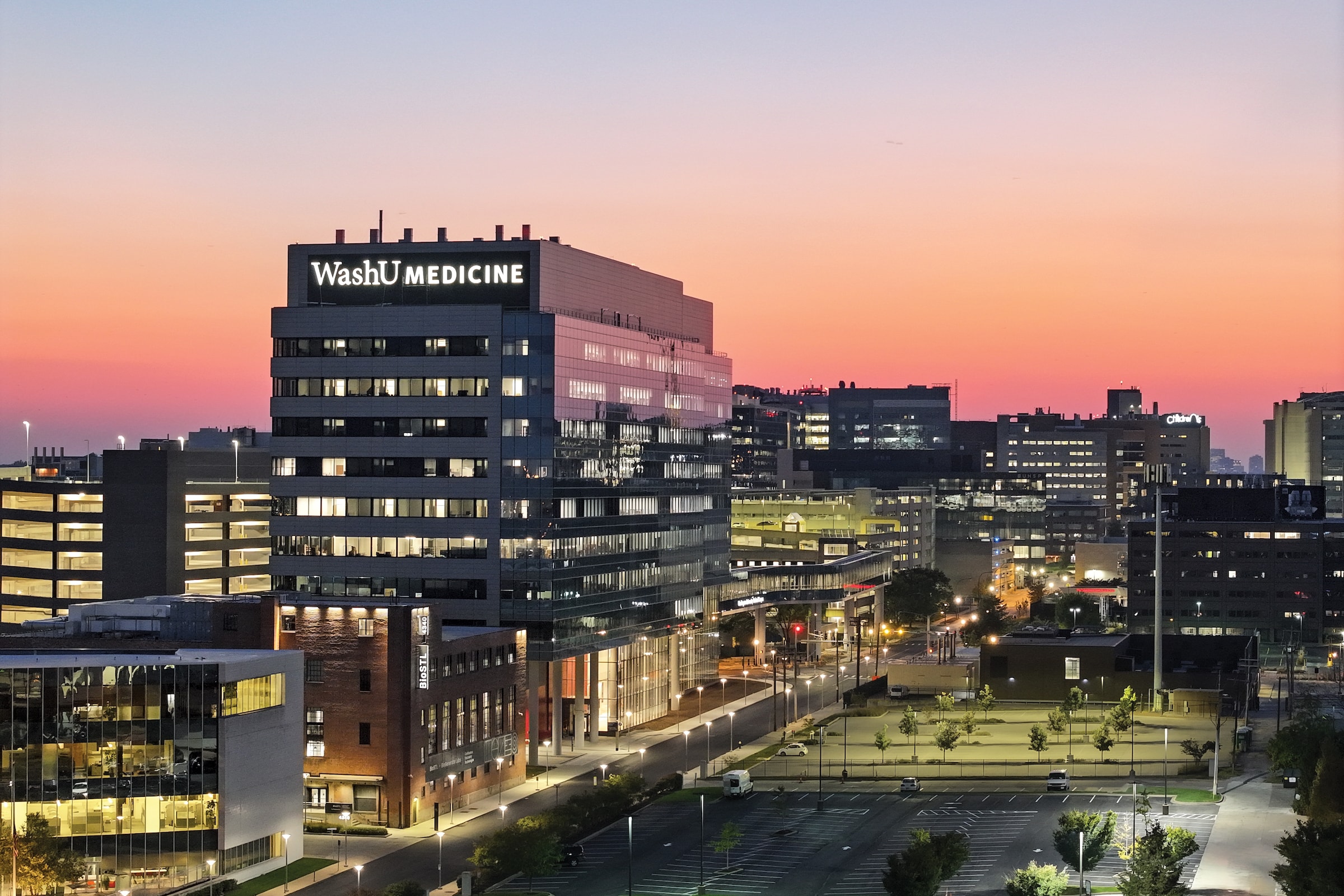
“Washington University School of Medicine wants to change the world. We want to change the world in fundamental ways that alter our understanding, create fresh insights, and enable people to live better and more fulfilling lives.”
Michael S. Avidan, MBBCH
Read more about neuroscience research at WashU Medicine.
Published in the Winter 2023-24 issue





 Share
Share Tweet
Tweet Email
Email